The 1970s were a golden age for blockbuster cinema, a time when directors pushed boundaries, experimented with storytelling, and weren’t afraid to take risks that would send today’s studio executives running for the hills. These films didn’t just entertain; they sparked conversations, broke taboos, and made us think, laugh, or gasp in ways we might not have expected. But looking back now, it’s clear that some of these cinematic marvels would have a tough time even getting past the pitching stage in today’s cautious, politically correct, and franchise-driven Hollywood. Whether it’s their controversial themes, intense violence, or morally ambiguous characters, these films reflect a boldness that feels almost alien in today’s movie landscape. So, let’s take a nostalgic stroll through 13 unforgettable ’70s blockbusters that probably wouldn’t stand a chance of being greenlit today.
1. The Warriors (1979)
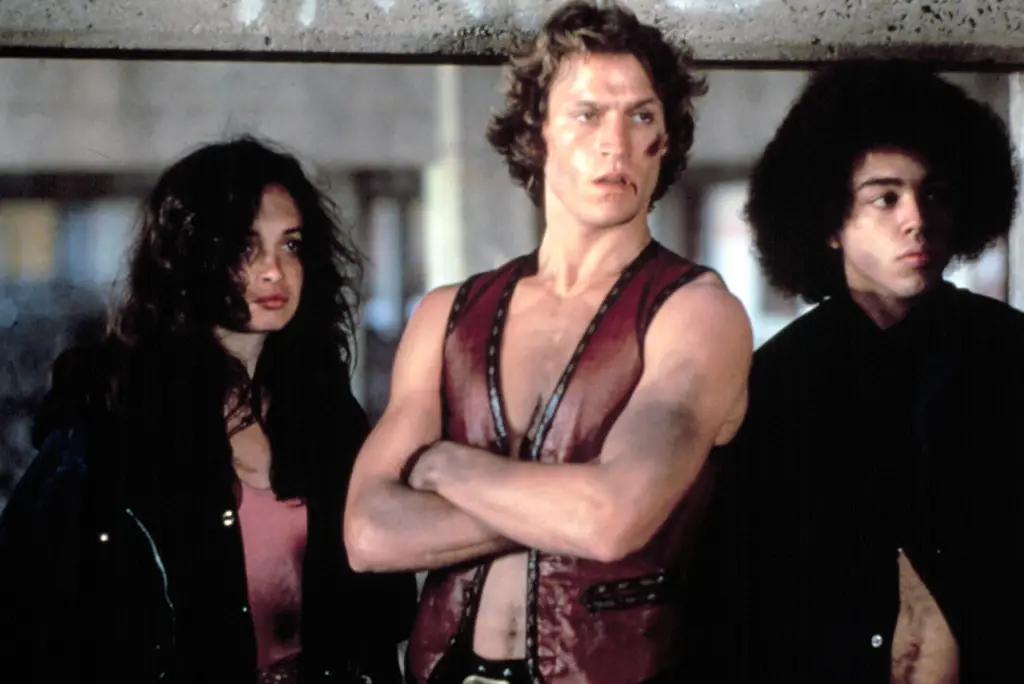
Walter Hill’s The Warriors is a gritty cult classic that follows a gang’s perilous journey through New York City as they try to make it back to their home turf. The film’s stylized depiction of gang culture and its intense violence caused a stir upon its release, with reports of real-life fights breaking out in theaters. Today, such a film would likely face significant challenges—not just for its portrayal of urban violence but also for its lack of a clear moral stance on the actions of its characters.
Modern studios might be hesitant to produce a film that glamorizes or romanticizes gang life, even in a stylized, almost mythical way. The lack of overt social commentary or redemption arcs for its characters would also feel at odds with today’s storytelling trends. Yet in the ’70s, The Warriors captured the imagination of audiences with its raw energy, unique visuals, and pulse-pounding soundtrack. It’s a film that thrived on the edge of controversy, reminding us of a time when cinema wasn’t afraid to take bold risks and let viewers draw their own conclusions.
2. Animal House (1978)
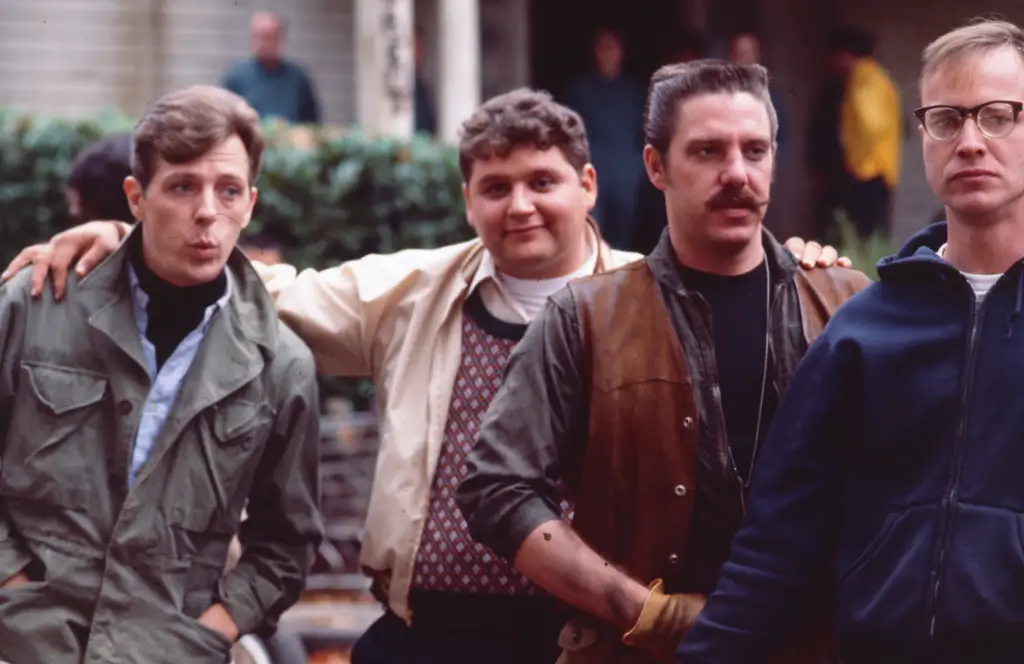
John Landis’ Animal House is the quintessential college comedy, filled with outrageous pranks, wild parties, and characters that became cultural icons. But this raunchy, no-holds-barred film would likely never see the light of day in today’s more cautious, socially aware Hollywood. Its humor, often rooted in politically incorrect and controversial scenarios, would be scrutinized heavily by modern audiences. Scenes like the infamous toga party or Bluto’s peeping escapades, while comedic staples of the time, would undoubtedly be seen as crossing the line today.
The film’s unapologetic celebration of rebellion, chaos, and rule-breaking might also clash with current trends toward more responsible storytelling. Studios today often avoid comedy that risks offending, preferring safer humor that appeals to broader audiences. Yet Animal House was a product of its time, perfectly capturing the irreverence of the late ’70s while lampooning authority with reckless abandon. It’s hard to imagine modern Hollywood embracing such a free-spirited and boundary-pushing comedy, but its legacy as one of the funniest films ever made is undeniable.
3. Sorcerer (1977)
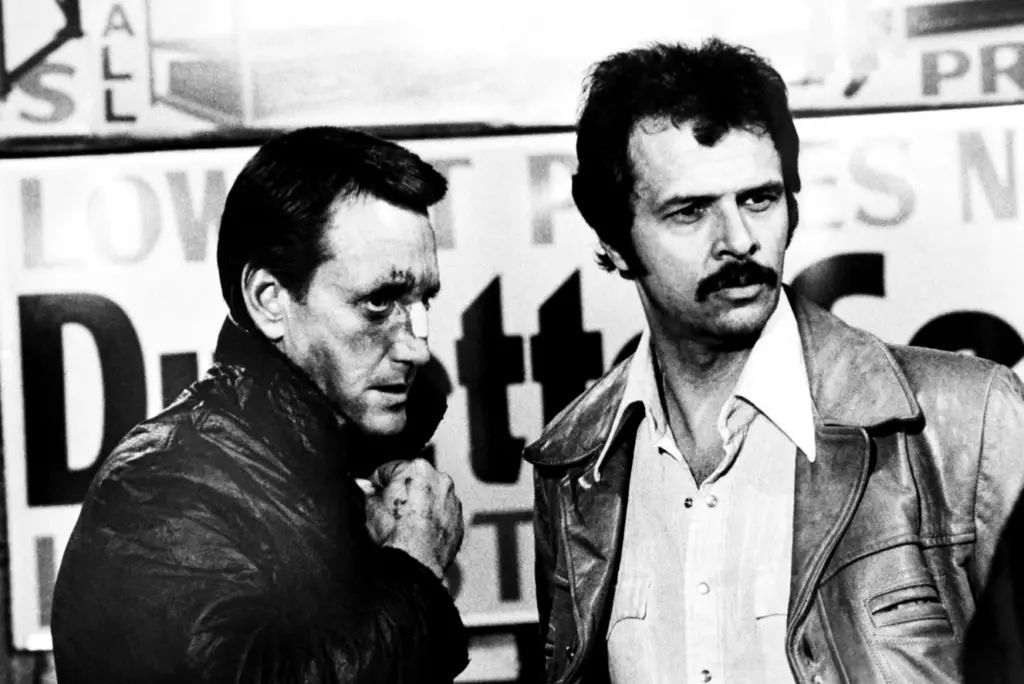
William Friedkin’s Sorcerer is an intense, high-stakes thriller that follows four desperate men transporting volatile nitroglycerin through the treacherous jungles of Central America. The film’s brutal realism, slow-burn tension, and harrowing depiction of human desperation make it a cinematic masterpiece, but it’s unlikely a film like this would ever be made today. For one, its grueling production—shot on location in harsh conditions with no CGI shortcuts—would be deemed too risky and expensive in an era where digital effects reign supreme.
The unrelenting bleakness of Sorcerer, from its morally compromised characters to its grim ending, would also challenge modern audience expectations for likable heroes and uplifting resolutions. The film takes its time building tension, something that might frustrate viewers accustomed to faster-paced narratives. Yet in the ’70s, Sorcerer reflected the raw grit and ambition of a time when directors pushed boundaries and defied conventions. It’s a testament to the audacity of its era, a film that would be deemed too uncompromising—and too dangerous—for today’s Hollywood to embrace.
4. The Exorcist (1973)
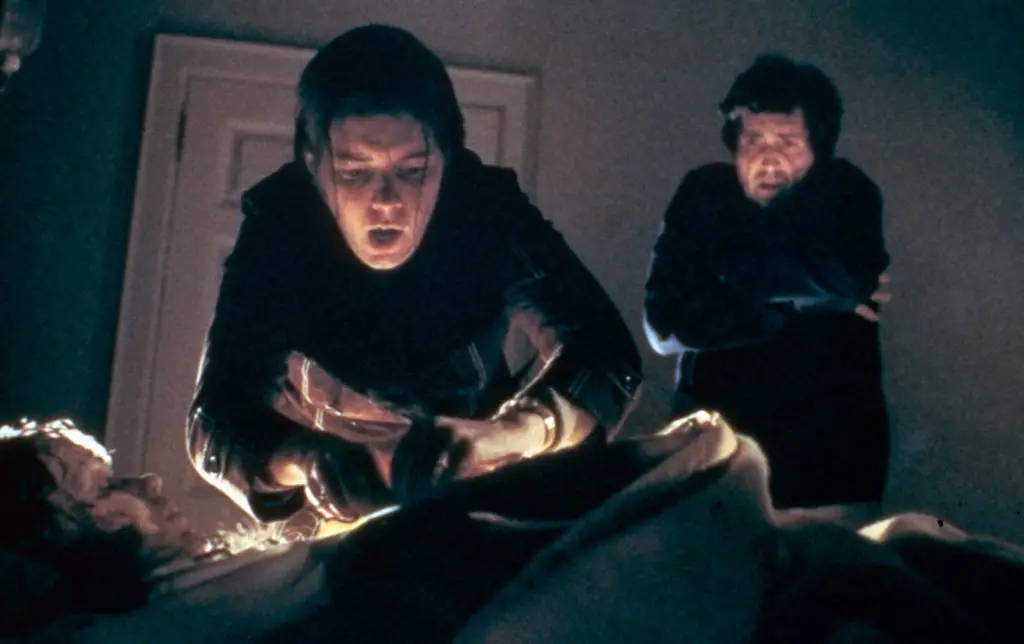
William Friedkin’s The Exorcist shocked audiences with its graphic depiction of demonic possession, but the deeply unsettling nature of the film would make it unpalatable for modern studios. The story of young Regan MacNeil and her horrifying descent into possession, accompanied by intense imagery and explicit dialogue, sparked controversy even in the ’70s. Today, however, the scenes involving religious iconography, sacrilegious acts, and physical violence might be deemed too extreme or offensive for wide release.
The film’s most infamous moments, like Regan’s head-spinning and levitating, are now iconic, but they would likely be toned down or sanitized in today’s era of heightened sensitivity. Religious groups and parental organizations would likely protest its release, while studios would opt for safer scares to avoid alienating audiences. Back in the 1970s, The Exorcist resonated because it was bold, terrifying, and tapped into deep-seated fears about faith and evil—something modern cinema rarely dares to tackle in such a raw and unflinching way.
5. Blazing Saddles (1974)
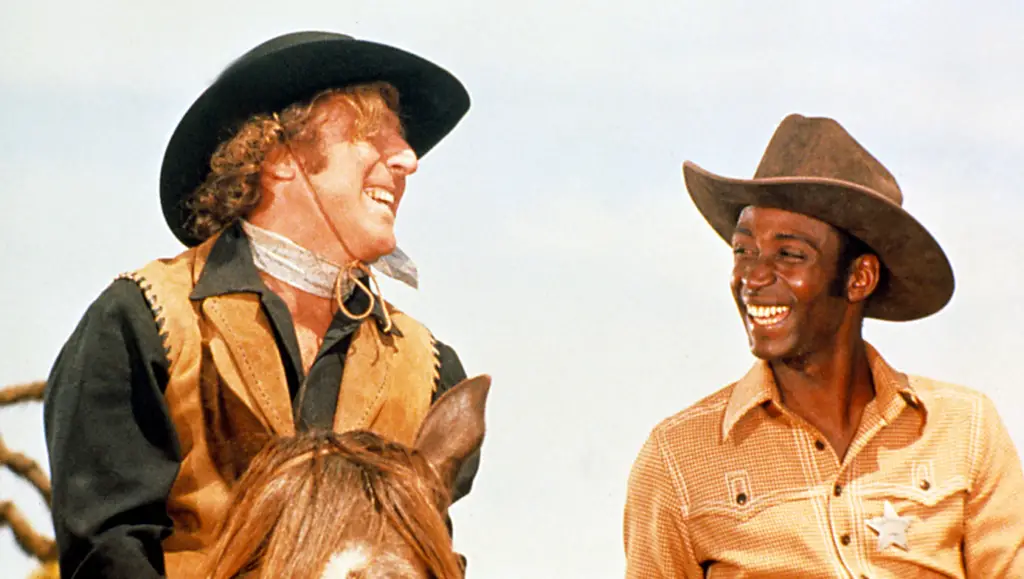
Mel Brooks’ Blazing Saddles is a masterclass in satire, hilariously skewering racism, Western tropes, and Hollywood itself. But while its comedy was groundbreaking in the ’70s, it’s hard to imagine the same jokes flying today. The film doesn’t shy away from racial slurs, offensive stereotypes, and edgy humor, all used to highlight the absurdity of prejudice. However, in today’s politically correct climate, many of its scenes would likely spark outrage rather than laughter.
Despite its progressive message and biting social commentary, Blazing Saddles would be deemed too risky to produce in the modern era. Studios and audiences alike tend to prefer humor that avoids crossing certain lines, even in service of making a broader point. Back in the ’70s, though, Blazing Saddles was celebrated for its fearlessness, showing us how comedy could confront societal issues head-on while still delivering belly laughs.
6. Apocalypse Now (1979)
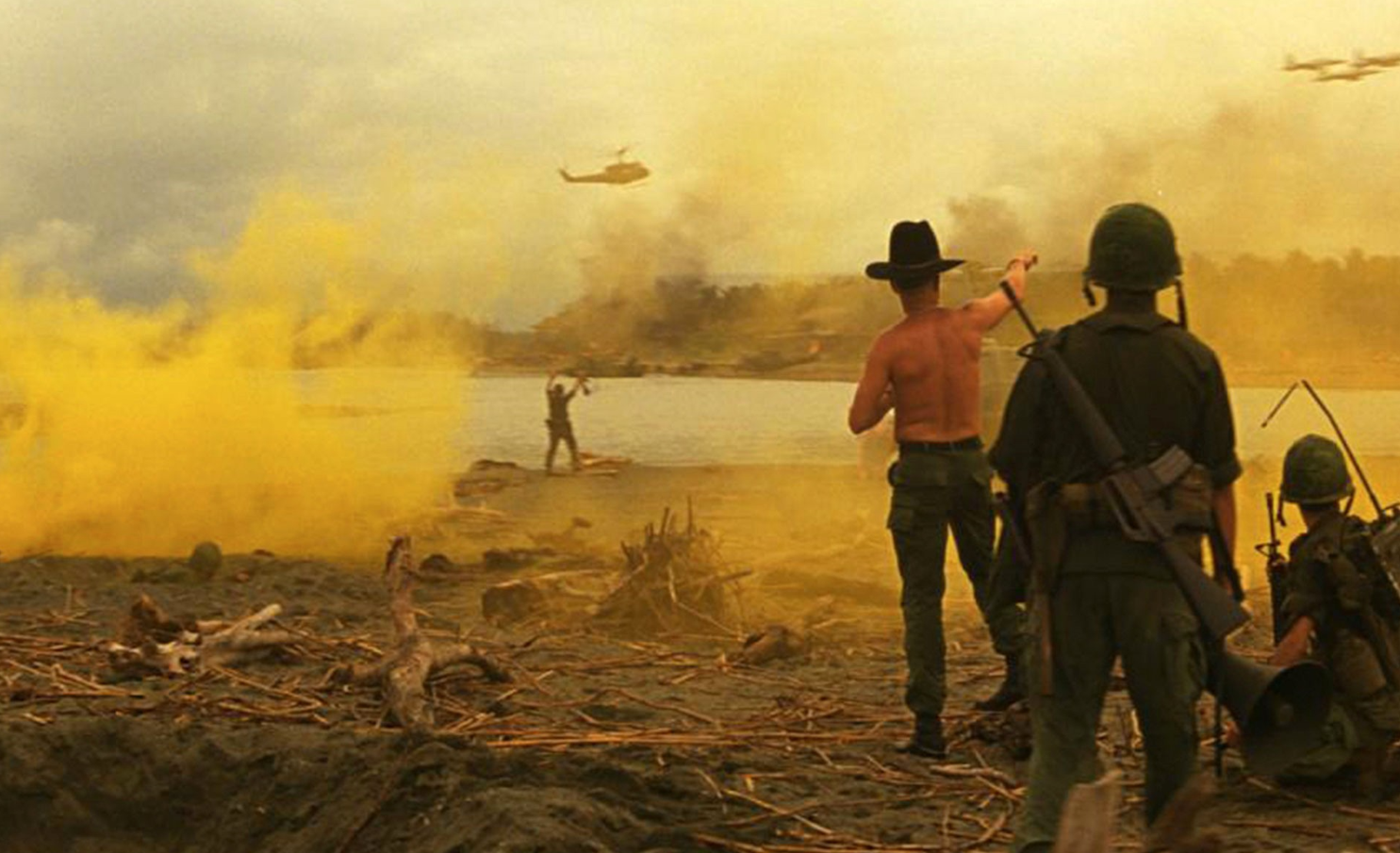
Francis Ford Coppola’s Apocalypse Now is an unflinching exploration of the horrors of war, inspired by Joseph Conrad’s Heart of Darkness. Its production was famously chaotic, with on-set disasters and a spiraling budget that would terrify modern studios. More than that, its graphic depictions of violence, mental instability, and the moral ambiguity of war would likely be deemed too bleak and challenging for today’s audiences.
The film’s infamous scenes, like the slaughter of a water buffalo and intense portrayals of human suffering, would face backlash from animal rights groups and viewers alike. In the 1970s, however, Apocalypse Now reflected the disillusionment of a post-Vietnam America, capturing the chaos and moral complexity of war in a way that few films dared to attempt. It remains a cinematic masterpiece, but one that could only have been made in a less risk-averse time.
7. Straw Dogs (1971)
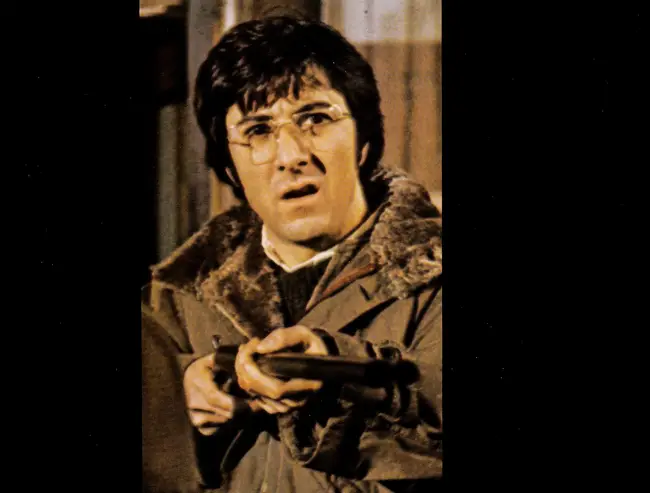
Sam Peckinpah’s Straw Dogs is a chilling tale of violence and survival that would likely be considered too disturbing to make today. The story of a couple terrorized in their rural home includes scenes of intense violence and a controversial assault that sparked outrage even at the time. While the film explores themes of masculinity, revenge, and the nature of violence, its graphic content would face intense scrutiny in the modern era.
Today’s audiences and filmmakers often prioritize sensitivity and restraint when tackling such heavy topics, which would likely lead to major revisions or outright rejection of Straw Dogs in its original form. In the ’70s, however, films like this challenged viewers to confront the darker sides of humanity, sparking debates that went beyond the screen. It’s a stark reminder of a time when cinema wasn’t afraid to unsettle or provoke.
8. Jaws (1975)
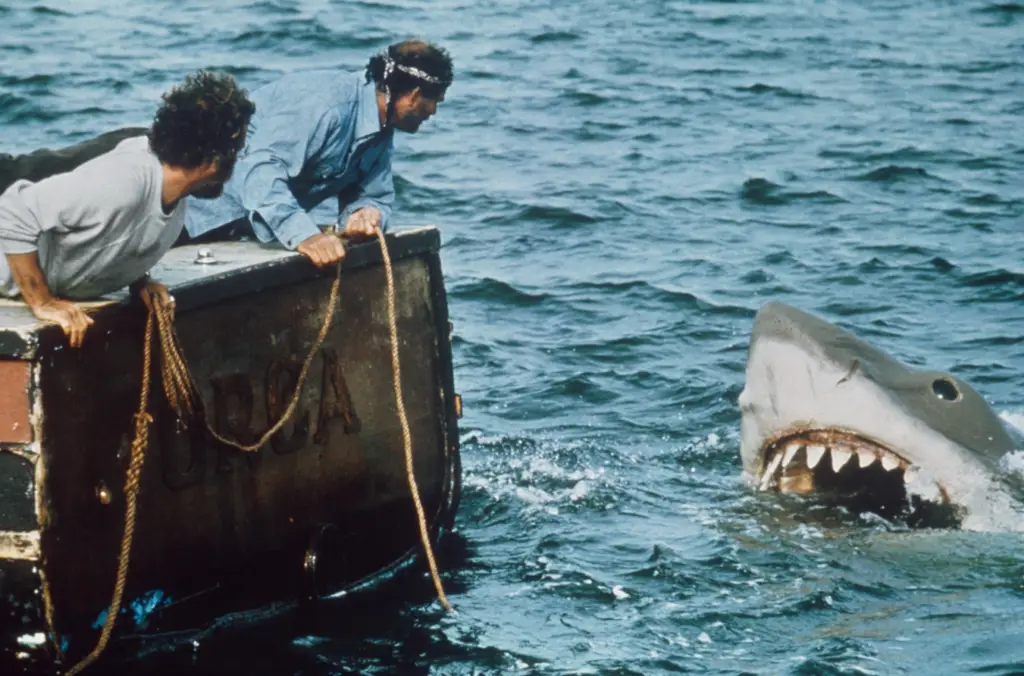
Steven Spielberg’s Jaws may seem like a straightforward blockbuster today, but its graphic depiction of shark attacks and intense suspense would likely face challenges from modern standards. The film’s violent shark attacks, combined with a lack of concern for portraying sharks realistically, would draw criticism from both animal rights activists and environmentalists today.
Despite its lasting legacy as a thrilling summer classic, Jaws would likely be reimagined today as a more sanitized adventure, avoiding the gritty realism and intense fear that made it iconic. In the ’70s, however, Jaws was a revelation, blending horror, suspense, and human drama in a way that hadn’t been done before. It paved the way for the modern blockbuster while reminding us of a time when filmmakers weren’t afraid to terrify audiences.
9. The Last Tango in Paris (1972)
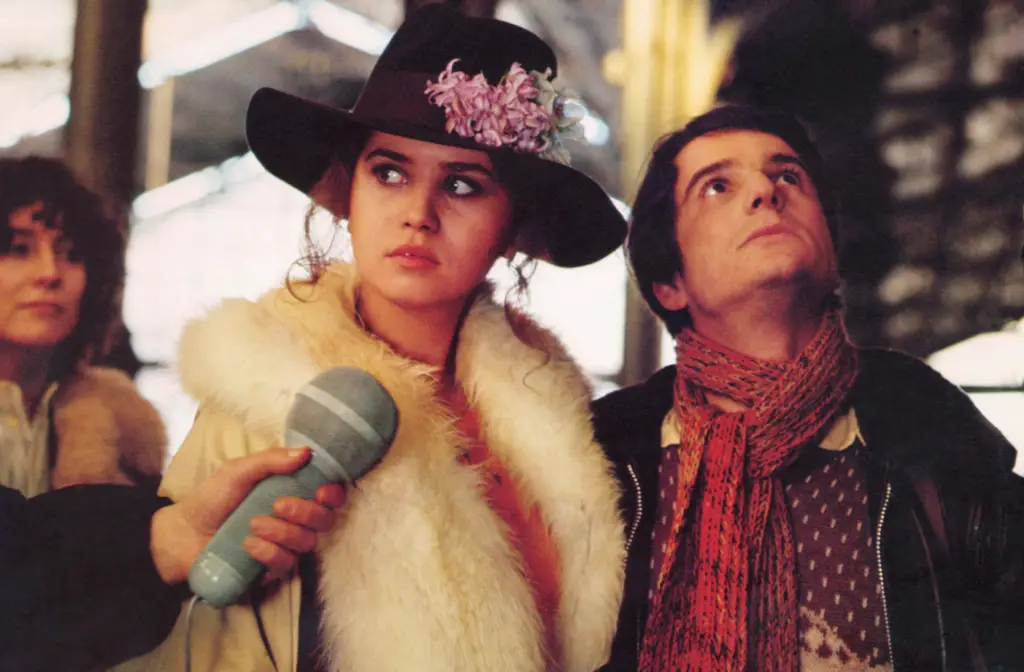
Bernardo Bertolucci’s The Last Tango in Paris was scandalous upon its release and would be outright unthinkable in today’s industry. The story of a deeply sexual relationship between a grieving middle-aged man and a young woman was controversial even in the liberated ’70s, but modern audiences would find the explicit nature of the film unbearable. Beyond its provocative content, revelations about behind-the-scenes exploitation, particularly regarding actress Maria Schneider, have cast a permanent shadow over the film’s legacy.
In today’s Hollywood, such themes would likely lead to a storm of criticism during production, if the project were greenlit at all. The lack of consent in key scenes is especially damning in an industry now focused on safety and respect on set. While The Last Tango in Paris remains a stark example of artistic ambition pushing boundaries, its methods and content would never fly in a more ethically conscious era of filmmaking.
10. Network (1976)
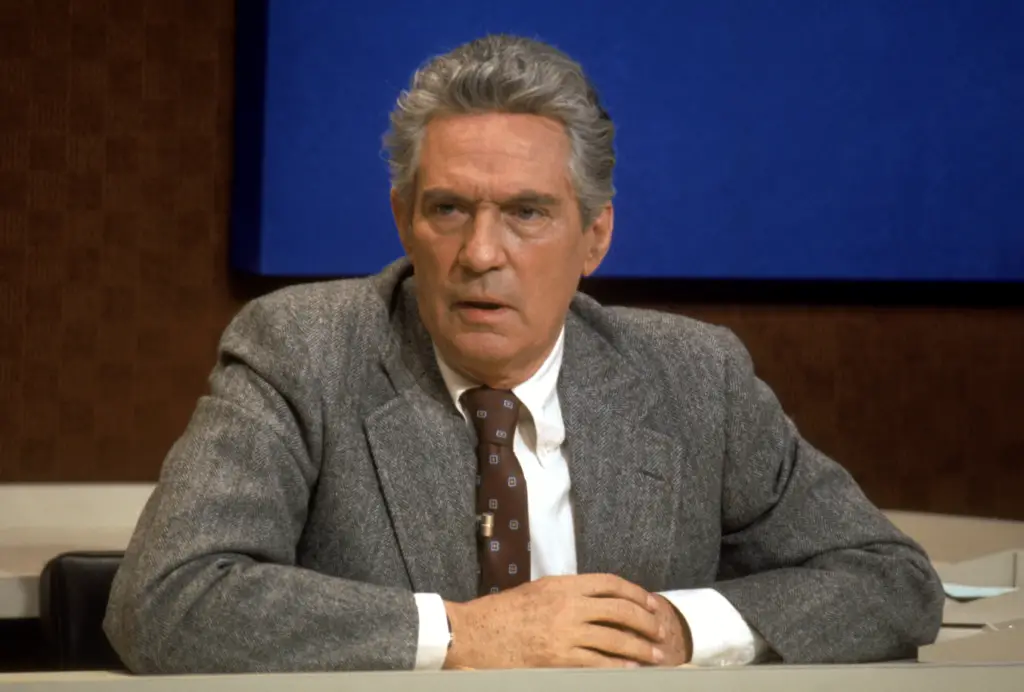
Sidney Lumet’s Network is a razor-sharp satire of television, media sensationalism, and corporate greed that was ahead of its time. While the film’s iconic “I’m as mad as hell” scene is still widely referenced, its biting critique of the TV industry’s descent into ethical decay would likely face pushback today. Modern producers might shy away from the unflattering portrayal of corporate executives and their willingness to exploit people for profit, especially given how much media conglomerates now control Hollywood.
The film’s cynical tone and depiction of unhinged characters, like Howard Beale, might feel too uncomfortable for today’s audiences, who often seek escapism rather than confrontation. However, in the 1970s, Network felt prescient and urgent, reflecting the growing distrust in media and authority. It’s hard to imagine a major studio embracing a film so unflinchingly critical of the very system it operates within, making Network a product of its bold and rebellious time.
11. The Deer Hunter (1978)
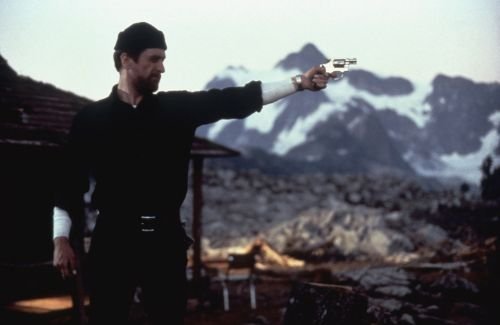
Michael Cimino’s The Deer Hunter is a harrowing exploration of the Vietnam War’s impact on American soldiers and their communities. The film’s infamous Russian roulette scenes, depicting soldiers forced into life-or-death games, sparked controversy for their intensity and the historical liberties taken. Today, such graphic depictions of war trauma and torture would be heavily scrutinized, with calls for greater sensitivity in portraying veterans’ experiences.
The film’s three-hour runtime, slow pacing, and unflinching violence might also challenge today’s more fast-paced, spectacle-driven market. In the ’70s, however, The Deer Hunter struck a nerve, winning multiple Academy Awards and opening up conversations about the psychological scars of war. Its rawness and emotional depth might feel too heavy for today’s audiences, but it remains a powerful testament to a time when filmmakers weren’t afraid to delve into the darkest corners of human experience.
12. The Rocky Horror Picture Show (1975)
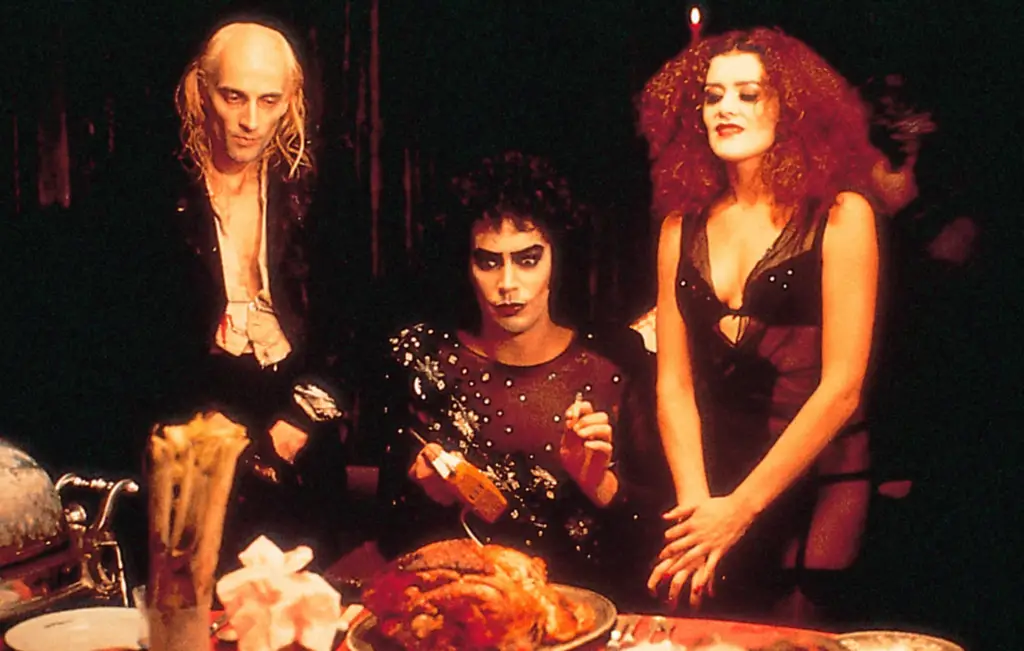
The cult classic The Rocky Horror Picture Show is celebrated today for its campy fun and boundary-pushing exploration of sexuality and gender, but getting it made in the modern era would be no easy feat. While its themes of queer liberation and self-expression are now more accepted, the film’s unapologetically risqué tone, overt sexual content, and irreverent approach to taboo subjects would still face hurdles in today’s risk-averse industry.
Modern studios might shy away from its flamboyant style and lack of a traditional narrative structure, opting instead for something more mainstream-friendly. Back in the ’70s, Rocky Horror thrived because it embraced its weirdness, becoming a midnight movie phenomenon and a safe space for outsiders. Its charm lies in its audacity, but today’s Hollywood might try to smooth out its rough edges—missing the point entirely.
13. One Flew Over the Cuckoo’s Nest (1975)
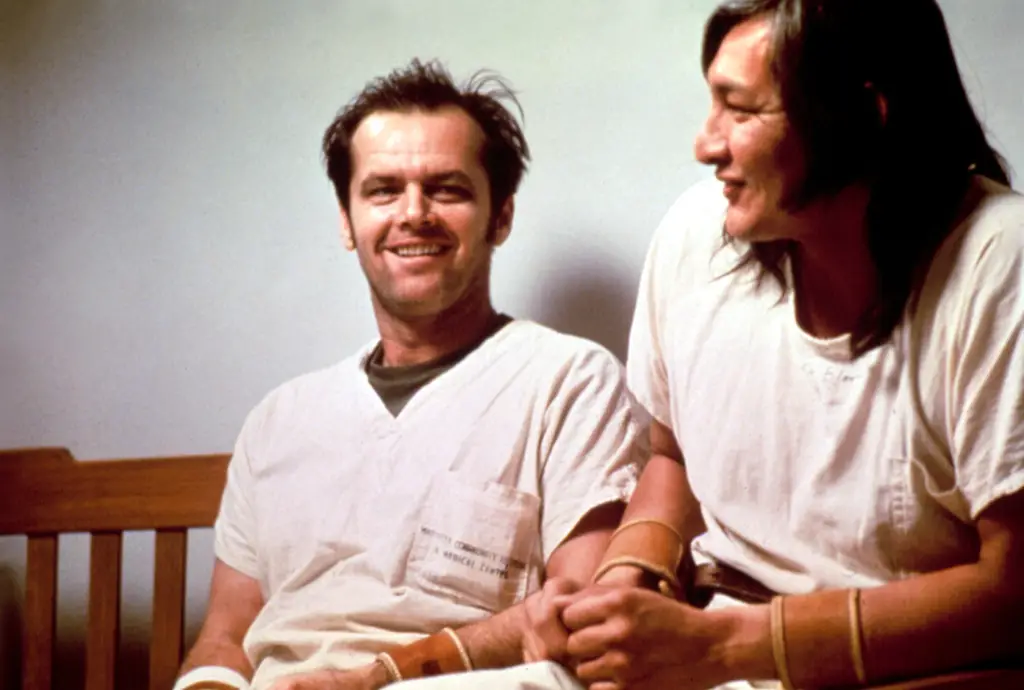
Milos Forman’s One Flew Over the Cuckoo’s Nest is a scathing critique of institutionalization, centered on Randle McMurphy’s rebellion against a tyrannical nurse in a mental hospital. The film’s depiction of mental health facilities, abusive authority figures, and its tragic ending would likely spark intense debate in today’s more cautious climate. Advocacy groups might criticize its portrayal of patients and mental illness, pushing for more nuanced and less dramatized depictions.
The film’s darker moments, particularly the lobotomy scene and McMurphy’s ultimate fate, might be softened or removed altogether by modern producers. However, in the ’70s, One Flew Over the Cuckoo’s Nest resonated because it held a mirror up to societal failures, challenging viewers to question authority and systemic oppression. It’s a powerful, unsettling film, but its uncompromising approach would make it a tough sell in today’s Hollywood.
Hollywood’s willingness to take risks in the 1970s produced some of the most memorable, daring films in history, but that era of unfiltered creativity feels like a distant memory. The blockbusters on this list captured the complexities of their time, tackling difficult subjects with boldness and artistry that’s hard to find in today’s more cautious industry. They remind us of a time when filmmakers trusted audiences to handle discomfort, grapple with ambiguity, and face raw truths. While we may never see their like again, these films continue to inspire and challenge us, proving that the ’70s truly were a golden age of cinema.


